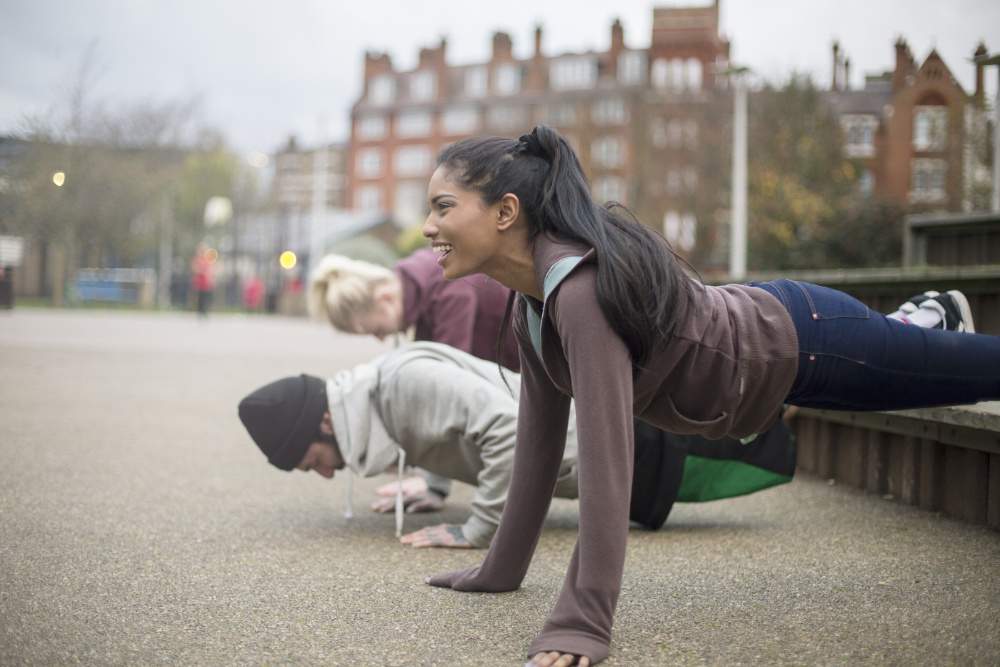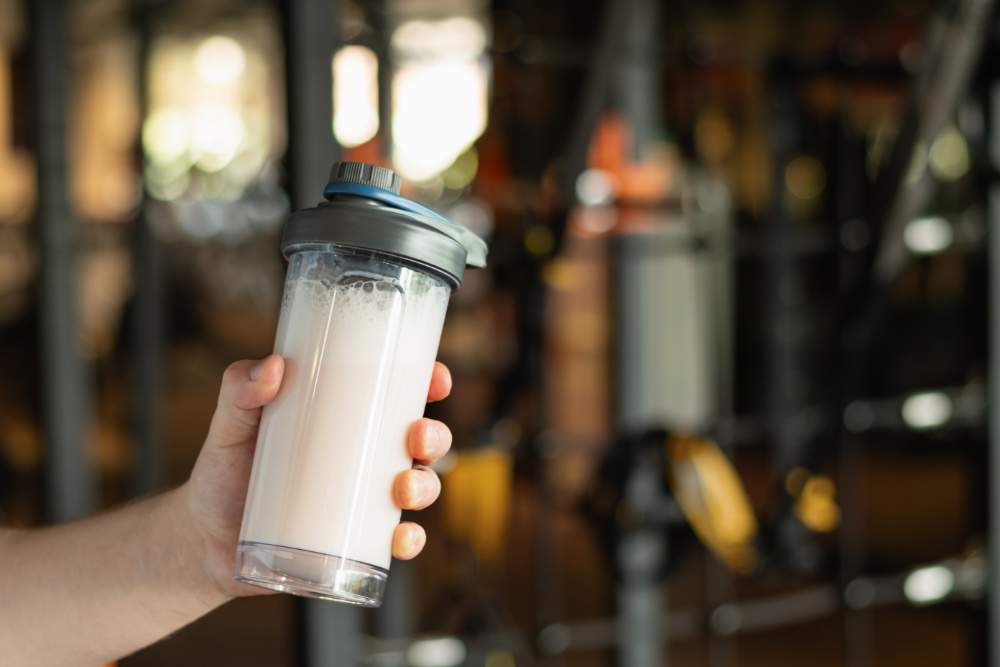Compression gear is everywhere. From elite athletes to weekend warriors, everyone’s squeezing into tight clothing.
But does it actually work? Or is it just expensive placebo effect?
Here’s what the science really says about compression wear.
What Compression Actually Does
Graduated Pressure
Quality compression applies more pressure at extremities, decreasing toward the heart. This assists venous return.
Muscle Oscillation Reduction
Tight fabric reduces muscle vibration during movement. Less energy wasted on unnecessary motion.
Proprioceptive Enhancement
Compression provides sensory feedback about body position and movement. Improves body awareness.
Temperature Regulation
Modern compression fabrics wick moisture and regulate skin temperature.
The Performance Research
During Exercise Benefits
Studies show modest improvements in:
- Muscle power output (2-5%)
- Endurance performance (1-3%)
- Jumping ability (3-7%)
- Balance and proprioception
Not huge gains, but measurable in controlled studies.
The Placebo Factor
Some benefits may be psychological. Athletes feel more supported and confident.
But placebo effects still improve performance. If you feel better, you often perform better.
Recovery: Where Compression Shines
Reduced Muscle Soreness
Multiple studies show 20-30% reduction in delayed onset muscle soreness (DOMS) when wearing compression post-exercise.
Faster Lactate Clearance
Compression helps remove metabolic waste products from muscles. Speeds recovery between training sessions.
Improved Sleep Quality
Some athletes report better sleep when wearing compression garments. Better sleep equals better recovery.
Reduced Swelling
Compression prevents fluid accumulation in tissues. Particularly beneficial after intense training.
The Melbourne Athletic Scene
Professional athletes across Melbourne use compression religiously. From AFL players to marathon runners.
Our personal trainers see clients in compression gear daily. The psychological benefits alone make it worthwhile for many.
But expensive doesn’t always mean better. Understanding the science helps you choose wisely.
Types of Compression Wear
Full-Length Tights
Cover entire leg. Best for running, cycling, and lower body training.
Research shows greatest benefits for activities involving repetitive leg movements.
Compression Shorts
Target glutes and upper thighs. Popular for strength training and field sports.
Less restrictive than full tights while still providing muscle support.
Compression Tops
Support core and upper body muscles. Beneficial for throwing sports and swimming.
Limited research compared to lower body compression.
Compression Socks
Focus on calf muscles and circulation. Popular with runners and travelers.
Strong evidence for reducing calf muscle fatigue and improving circulation.
The Circulation Science
Venous Return
Compression assists blood flow back to heart. Particularly important during prolonged standing or sitting.
Reduced Blood Pooling
Prevents blood from accumulating in lower extremities. Maintains better circulation during and after exercise.
Lymphatic Drainage
Helps remove cellular waste products through lymphatic system. Supports recovery processes.
Who Benefits Most
Endurance Athletes
Runners, cyclists, and triathletes see greatest performance benefits. Repetitive movements benefit from reduced muscle oscillation.
Our South Melbourne personal trainers work with many endurance athletes who swear by compression gear.
Recovery-Focused Athletes
Anyone training multiple times per week benefits from enhanced recovery.
Circulation Issues
People with poor circulation or varicose veins may see medical benefits beyond athletic performance.
Travel Athletes
Long flights and car rides benefit from compression’s circulation effects.
The Fit Factor
Proper Sizing Critical
Too loose provides no benefit. Too tight restricts circulation and movement.
Most people wear compression that’s too big. Follow manufacturer sizing charts exactly.
Graduated Compression
Quality garments apply 15-20mmHg pressure at ankle, decreasing to 8-10mmHg at thigh.
Uniform compression throughout garment is less effective.
Seam Placement
Flat seams prevent chafing during long activities. Important for comfort and performance.
Material Science
Moisture Management
Synthetic blends wick sweat better than cotton. Keeps skin dry and comfortable.
Durability
Compression effectiveness decreases with wear. Replace garments when they lose elasticity.
Antimicrobial Properties
Some fabrics include silver or other antimicrobial treatments. Reduces odor and bacterial growth.
The Timing Question
Pre-Exercise
Wearing compression before activity may improve warm-up effectiveness and reduce injury risk.
During Exercise
Performance benefits are modest but measurable. Psychological benefits may be more significant.
Post-Exercise
This is where compression shines. Wear for 2-24 hours after intense training for recovery benefits.
Sport-Specific Applications
Running
Calf compression most beneficial. Reduces muscle fatigue and post-run soreness.
Popular routes in Prahran and St Kilda see many runners in compression gear.
Strength Training
Compression shorts may improve power output in squats and deadlifts. Limited research but positive anecdotal reports.
Team Sports
Compression may reduce muscle damage from contact and sudden direction changes.
Swimming
Full-body compression suits banned in competition but training benefits remain unclear.
The Recovery Protocol
Immediate Post-Exercise
Put on compression within 30 minutes of finishing intense training.
Duration
Wear for 12-24 hours for maximum recovery benefits. Some athletes sleep in compression garments.
Combination Therapy
Compression works well with other recovery methods:
- Ice baths
- Massage
- Elevation
- Proper nutrition
Common Misconceptions
“Tighter is Better”
Wrong. Excessive compression restricts blood flow and movement. Follow sizing guidelines.
“All Compression is Equal”
Quality varies dramatically. Medical-grade compression differs from fashion athletic wear.
“Compression Prevents All Injuries”
No evidence for injury prevention. May provide some protection but isn’t a magic bullet.
The Cost-Benefit Analysis
High-End Brands
$100-200+ for quality compression tights. Expensive but may last 6-12 months with regular use.
Budget Options
$20-50 alternatives available. May not have graduated compression or durability of premium brands.
Medical vs Athletic
Medical compression stockings often more effective than athletic versions. Less fashionable but better function.
Special Populations
NDIS Participants
Compression may help with circulation issues common in some disabilities. Consult healthcare providers first.
Pregnant Athletes
Maternity compression can help with circulation and support. Specialized garments available.
Older Athletes
Age-related circulation changes may make compression more beneficial. Start with lower compression levels.
The Port Melbourne Triathlete Experience
Local triathletes report significant recovery benefits from compression. Particularly valuable during heavy training blocks.
Our mobile personal trainers in Williamstown see clients using compression for both performance and recovery.
Care and Maintenance
Washing Instructions
Cold water, gentle cycle. Heat damages elastic fibers and reduces compression effectiveness.
Drying
Air dry only. Heat from dryers breaks down compression materials.
Replacement Timeline
Replace when garments lose elasticity or no longer feel snug. Usually 6-12 months with regular use.
The Future of Compression
Smart Compression
Emerging technology includes sensors that monitor muscle activity and adjust compression accordingly.
Targeted Compression
New designs focus compression on specific muscle groups rather than uniform pressure.
Recovery Integration
Compression combined with heating/cooling elements for enhanced recovery protocols.
Making the Investment
Start Small
Try compression socks or shorts before investing in full outfits.
Quality Matters
Invest in one quality piece rather than multiple cheap alternatives.
Purpose-Specific
Choose compression based on your primary activities and goals.
The Bottom Line
Compression wear provides modest performance benefits and significant recovery advantages.
Not a magic bullet, but a useful tool in the athletic toolkit.
Benefits are greatest for:
- Endurance activities
- Recovery enhancement
- Circulation support
- Psychological confidence
Your Compression Strategy
- Identify your primary goals (performance vs recovery)
- Choose appropriate garment type
- Get properly fitted
- Start with quality basics
- Monitor benefits objectively
- Replace when effectiveness decreases
Getting Started
Interested in optimizing your performance and recovery? Book a consultation to discuss your training goals.
Our trainers can help you determine if compression wear fits your needs and budget.
Want to maximize your training results? Our services include comprehensive recovery strategies. Or try our 6-week reset program that incorporates evidence-based recovery methods including compression therapy guidance.


